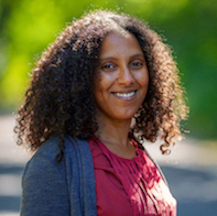

Abstract
Urban trees provide a myriad of ecosystem services important to climate regulation, wildlife habitat, and human well-being. As urban land cover increases around the world, many cities have launched tree planting campaigns to enhance ecosystem services and biodiversity support, while improving the equitable distribution of urban tree canopy. Despite the significance of urban forests to the well-being of people, we have a limited understanding about the source of tree species, change in diversity over time, and the drivers that shape urban tree community composition and community assembly. Furthermore, urban plant diversity is selected by different stakeholders (residents, organizations, and municipalities) who have different preferences and manage for different species and characteristics, however, how they have evolved overtime in different regions remains understudied. First, I propose to examine how tree nursery offerings have changed over time by using previously published nursery catalogs in multiple U.S. cities over the last 115 years (1900-2015). Second, I propose to test how stakeholders’ (residents and urban conservation managers) preferences for specific tree species and attributes – ecosystem service-based traits – impacts tree diversity and composition in urban areas. The proposed research will be stratified to assess trees in both private yards, and public trees (street trees) to compare attributes, diversity and composition at multiple scales and sources. The results will have direct application to urban biodiversity initiatives by providing an inventory of tree nursery options, the species and their attributes most important to diverse stakeholders, and how these interactions shape urban biodiversity. This work will inform urban forestry programs and tree-planting initiatives aimed at increasing urban biodiversity, tree canopy, and associated ecosystem services in disadvantaged communities.
